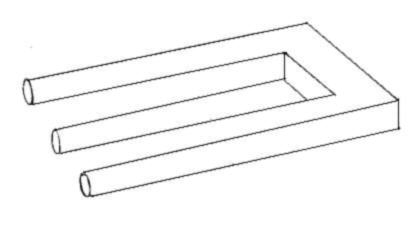| |
|
|
| |
Machine Shop Requests |
|
|
| |
THIS IS A SET OF GUIDELINES FOR SUBMITTING JOBS IN THE PHYSICS SHOP. FOLLOWING THESE PROCEDURES WILL HELP TO ENSURE THAT YOUR PARTS ARE NOT DELAYED UNNECESSARILY. |
|
| |
1. Before designing a part, make sure you cannot buy it off the shelf.
|
|
| |
Usually it is faster and cheaper to buy a part than to make one. An item that seems expensive may actually be cheaper when you factor in material cost, shop personnel time, and your time. |
|
| |
2. When designing a part, make sure you are using adequate materials. |
|
| Consider the application and choose materials of appropriate composition and dimensions. Using oversized or expensive materials (macor or titanium), or those that are hard to machine (stainless steel), will add to the price of the material and machining time. If you are unsure about your design*, please consult with someone in the group or in the shop for advice. |
| |
3. Bring all appropriate information with you when submitting a job. |
|
| When submitting a job you should bring a set of detailed drawings which include all materials to be used and dimensions of every feature. Unclear drawings will delay your project (see Figure 1). Also bring the appropriate account number with you. Simply stating the group name is not sufficient. Sign your name legibly and put your office number so you can be contacted with questions. |
| |
4. Submit all parts for a job at one time. |
|
| The shop works on a first-come, first-serve basis (except in emergencies). Adding parts onto a job or re-engineering after the job is submitted causes parts to be expensive and is unfair to others. Doing this can delay your job by two weeks. |
| 5. Do not harass the shop staff about your job. |
| |
If you discover a problem with your design, let the shop supervisor know. You will be contacted if there are questions and when your parts are finished. |
|
| |
* Make sure your parts are physically possible.
Impossible examples :
-
parts containing 1 micron holes
-
holes at the very edge of the material
-
incorrect measurements or geometry
-
0.007" holes drilled 0.500" deep (generally, hole depths should be < 5 * diameter)
|
|
|
| |
|
Figure 1 |
|
